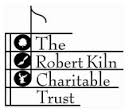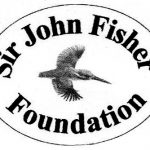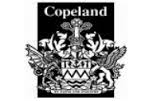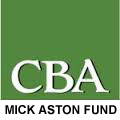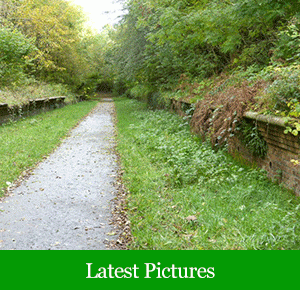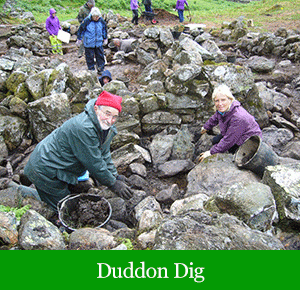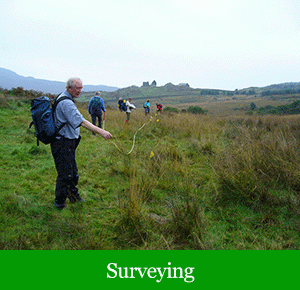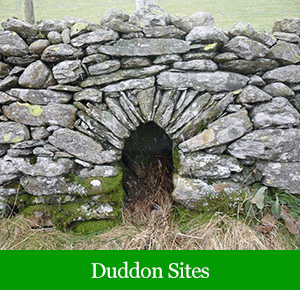The Duddon Dig.
How do you set about getting to the point when the first turf is lifted and an excavation of a site begins?
We started by putting together a steering group from members of DVLHG. Our first task was to compile a detailed excavation proposal. We had to be clear what it was that we were hoping to achieve and establish clear aims and against which any outcomes could be measured. Archaeologists in the past have tended to focus on higher-status sites rather than on sites occupied by ordinary people and this was an important consideration for us. This had to be approved by professional archaeologists Eleanor Kingston from the National Park and Jamie Lund from the National Trust, on whose land several of the sites were situated. Eleanor and Jamie gave us much help in this initial phase and who later joined the steering group itself working to a tripartite Memorandum of Understanding. Only then were we ready to start finding out the cost for our project and to start looking for funding.
We had identified which longhouses had the greatest potential for yielding evidence of Norse settlement and medieval upland farming. We developed a clear picture of issues such as ease of site access, land-use and ownership, obtaining written permissions from the landowners and users to dig, identifying suitable locations for displaying any artefacts found, as well as host of other considerations.
One of the main jobs now was to seek competing tenders from at least three archaeology companies, so that the costings would be considered credible and good value for money. With a lot of help from our partners, we wrote up a detailed tender document to put to potential contractors who could provide the professional archaeological services that we needed. We knew that the cost of excavating three longhouses, even though most of the work would be done by volunteers, would total to as much as £100,000. There were many costs to be taken into account, including transport, shelter, digging equipment, publicity banners, dissemination of information, and much more.
When the bids were returned, we were faced with the prospect of going through each one, giving weighting factors according to areas importance and comparing the costs and services that they were offering as well as the experience and qualifications of the professionals that we would be working with. This was a difficult exercise and was not based solely on cost. The History Group finally decided to accept the bid from Oxford Archaeology North and so Jamie Quartermaine joined the steering committee.
Fund-raising was going to be a serious business. We were fortunate to be able to make a contribution of £5000 from our own funds, which helped to secure grants from many local bodies for relatively small sums but the lion's share had to come from somewhere else. However, this is not to belittle the smaller contributors who included the local council and a range of charitable foundations. We applied to anybody whom we thought would have an interest in the Duddon Valley and its history, and struck lucky fairly often.
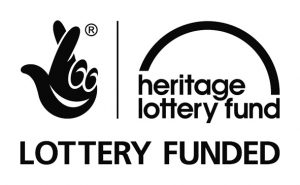 The ‘somewhere else’ turned out to be the Heritage Lottery Fund (https://www.hlf.org.uk). HLF were very helpful but stressed that the a grant if our bid was successful, would be limited to a maximum of £70,000. Such a sum coupled with other grants was sufficient to cover projected costs but it did mean we needed to obtain the full amount. After we had made an initial outline proposal, we were assigned an HLF staff member who gave us much guidance about what they were looking for in a successful funding bid. They were keen that their money should go to a worthwhile cause, but rigorous in their evaluation of the project’s quality. For this reason, the on-line application form is very detailed, and it took months to get it into a sufficiently good state for submission.
The ‘somewhere else’ turned out to be the Heritage Lottery Fund (https://www.hlf.org.uk). HLF were very helpful but stressed that the a grant if our bid was successful, would be limited to a maximum of £70,000. Such a sum coupled with other grants was sufficient to cover projected costs but it did mean we needed to obtain the full amount. After we had made an initial outline proposal, we were assigned an HLF staff member who gave us much guidance about what they were looking for in a successful funding bid. They were keen that their money should go to a worthwhile cause, but rigorous in their evaluation of the project’s quality. For this reason, the on-line application form is very detailed, and it took months to get it into a sufficiently good state for submission.
As we were applying to the Community Fund, we had to ensure that our plan was closely tied in to the needs and interests of the local community rather than the purely academic aims of the archaeological interest. We were strongly encouraged not only to use local volunteers, but also to engage in various forms of outreach, including the involvement of local schools and the presentation of talks to community groups. All this greatly improved our bid and ultimately led to a much more interesting and enjoyable project. Contributions in kind are recognized in the bid process and calculating the number of volunteer days over the three year project brought the HLF contribution down nearer half the final costing.
After finally getting all our ducks lined up and submitting the application, two months of nail-biting ensued, but ultimately HLF generously agreed to provide us with the full £70,000 There were smiles all round, but then of course the real work began, and our steering committee has been busy ever since. Working with OAN, we were able to revisit various aspects of the tender and made several important changes to how we were actually going to proceed and the cost adjustments that could be made to ensure that we stayed within our budget. This involvement in details has carried on through the first season of digging so that we were able to respond to what was happening and alter plans for immediate action and for the next phase of exploration.
The key message here is that one needs to be well-prepared before embarking on a venture of this type. We had two detailed survey reports and an academic publication under our belts before we even started thinking about excavation, and this helped immeasurably with our credibility, both among professional archaeologists and with potential funders. Working closely with professional archaeologists was essential to ensure that our excavation proposal was sound and worthwhile, and we owe a debt of gratitude both to Eleanor Kingston of the LDNPA, and to Jamie Lund of the National Trust, who have both been a constant source of advice and encouragement.

